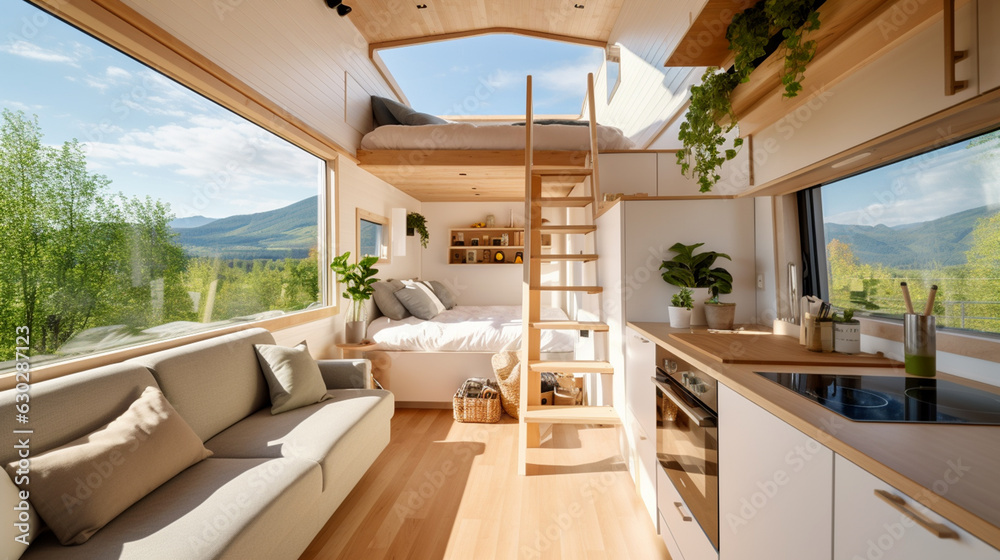The American dream of owning a home has symbolized stability and security for many people. However, with rising housing prices and limited affordable options, this dream is becoming elusive for many, putting them in a financial strain and uncertainty cycle. In such challenging times, tiny homes are emerging as a creative and innovative solution to housing affordability, offering hope to those affected.
A recent article titled “The Rise of Tiny Homes: A Response to the Housing Affordability Crisis” explores the emergence of tiny homes as a viable housing option. Home Depot’s introduction of tiny homes for $67,500 is a significant step towards a future where more economical and sustainable living spaces are within reach. These compact dwellings, with two bedrooms and spanning 444 square feet, offer a tangible vision of a future where smaller, more efficient homes are the norm, inspiring us to reimagine our living spaces.
The tiny home movement is more than just a downsizing of physical space. It radically reimagines homeownership in an era of soaring prices and limited availability. It speaks to a growing societal interest in minimalism and sustainability, emphasizing the importance of living spaces that are both economically and environmentally sound.

While tiny homes offer a glimmer of hope for those struggling to afford traditional homeownership, they also highlight the harsh realities of a housing market in crisis. High real estate prices and economic challenges have made owning a home a distant dream for many, leading them to seek alternative solutions like tiny homes. However, embracing tiny homes comes with challenges, including zoning laws, community acceptance, and the practicalities of living in a reduced space.
The tiny home movement prompts us to ponder more significant questions about the future of housing affordability, urban planning, and societal values surrounding space and place. Despite these challenges, significant retailers’ introduction of tiny homes is more than just a nod to economic efficiency; it’s a rallying cry for systemic change within the housing sector. It encourages us to rethink our approach to housing in the 21st century and consider innovative, sustainable solutions in the face of an increasingly unaffordable world.
By embracing the tiny home movement, we can pave the way for a more equitable and sustainable future where homeownership is not just a dream but a reality for all. Small homes have the potential to provide shelter and foster a sense of community and environmental stewardship. This shift in thinking can instill a sense of hope in the hearts of those affected by the housing affordability crisis as we navigate this shifting landscape.




